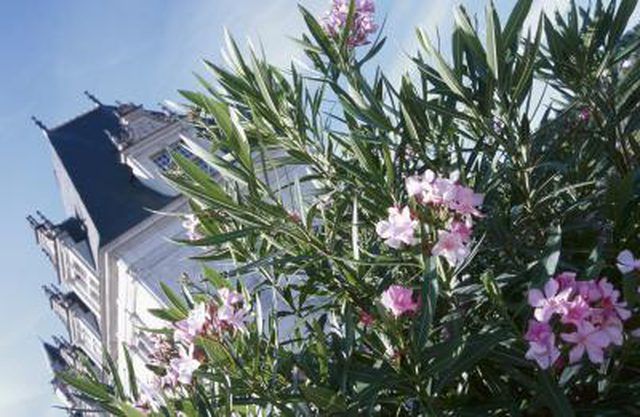Bulbs
Flower Basics
Flower Beds & Specialty Gardens
Flower Garden
Garden Furniture
Garden Gnomes
Garden Seeds
Garden Sheds
Garden Statues
Garden Tools & Supplies
Gardening Basics
Green & Organic
Groundcovers & Vines
Growing Annuals
Growing Basil
Growing Beans
Growing Berries
Growing Blueberries
Growing Cactus
Growing Corn
Growing Cotton
Growing Edibles
Growing Flowers
Growing Garlic
Growing Grapes
Growing Grass
Growing Herbs
Growing Jasmine
Growing Mint
Growing Mushrooms
Orchids
Growing Peanuts
Growing Perennials
Growing Plants
Growing Rosemary
Growing Roses
Growing Strawberries
Growing Sunflowers
Growing Thyme
Growing Tomatoes
Growing Tulips
Growing Vegetables
Herb Basics
Herb Garden
Indoor Growing
Landscaping Basics
Landscaping Patios
Landscaping Plants
Landscaping Shrubs
Landscaping Trees
Landscaping Walks & Pathways
Lawn Basics
Lawn Maintenance
Lawn Mowers
Lawn Ornaments
Lawn Planting
Lawn Tools
Outdoor Growing
Overall Landscape Planning
Pests, Weeds & Problems
Plant Basics
Rock Garden
Rose Garden
Shrubs
Soil
Specialty Gardens
Trees
Vegetable Garden
Yard Maintenance
How to Care for an Oleander Plant With Brown Leaves
How to Care for an Oleander Plant With Brown Leaves. Owning an oleander plant can add style and color to your home garden. The plant reaches heights up to 12 feet with dazzling blooms that range from hot pink to soft cream colors. Unfortunately, oleander plants are susceptible to a disease that causes leaves to turn brown, branches to droop and...

Owning an oleander plant can add style and color to your home garden. The plant reaches heights up to 12 feet with dazzling blooms that range from hot pink to soft cream colors. Unfortunately, oleander plants are susceptible to a disease that causes leaves to turn brown, branches to droop and plant tissue to die. The name of this disease is "oleander leaf scorch" and according to the University of California’s Statewide Integrated Pest Management Program, the cause of the disease is a bacterium that goes by the name of Xylella fastidiosa.
Things You'll Need
Garden shears
Prune away any of the diseased tissue you find on the oleander. This includes leaves and whole branches. Removing the diseased branches and leaves will improve the overall health of the plant and better help it fight the disease. The best time to prune is immediately after the blooming season.
Examine the leaves and branches on a regular basis. You want to monitor the plant and make sure there are no new outbreaks of the disease. Check the plant at least once a week to catch new outbreaks before they get out of hand.
Cut the entire oleander tree down to the soil line if the oleander leaf scorch spreads to the greater part of the plant. When there is more infected tissue than healthy tissue, sometimes the only thing to do is remove all the tissue and let it grow all over again. It may seem a little frightening to cut down oleander plant, but it may be the only way to replenish the healthy tissue.
Tips & Warnings
Water the oleander plant thoroughly before you prune the plant for at least two weeks. Unfortunately, the symptoms of drought (brown leaves, drooping) can be mistaken for oleander leaf scorch. Water the plant and examine it for signs of improvement. If the plant improves, the culprit is most likely lack of water; if the condition persists, it is most likely oleander leaf scorch.
Burn the excess leaves and branches you cut off the oleander instead of putting them in a compost heap. This helps lower the chances of the disease spreading to other oleander plants in your garden.
There is no absolute cure for oleander leaf scorch. You can take steps to care for and prolong the life of the oleander once it has caught the disease, but it will eventually wither and die.